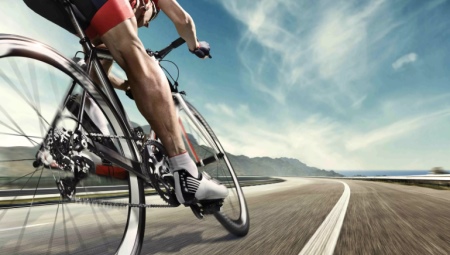Every person who starts cycling is interested in what speed can be accelerated, and what affects its performance. To understand this issue, you should familiarize yourself with the main factors that affect the pace of the ride, and techniques that help to increase it.
What does it depend on?
Riding a bicycle is a very rewarding activity, which is hard to disagree with. And also this type of transport is able to give a sense of flying from traffic, which attracts the attention of many people. More and more novice cyclists are wondering what affects the speed of movement, since the number of positive emotions associated with riding around the city and countryside depends on this indicator.
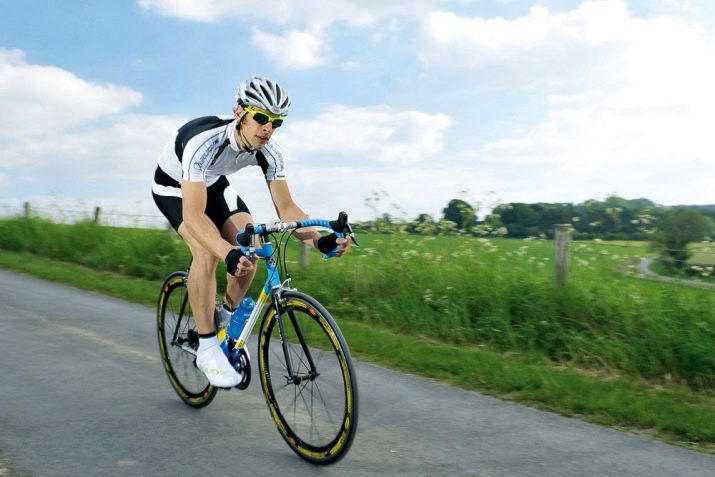
Cyclist training level
Indicators of bike speed primarily depend on the endurance and physical data of the cyclist. Experience will affect speed performance more than the type of vehicle selected. For example, if an experienced rider rides along the highway, he will be able to overtake an amateur who is driving on a highway on a mountain bike. He will not only leave his rivals in the tail, but also maintain high speed performance while climbing the mountain.
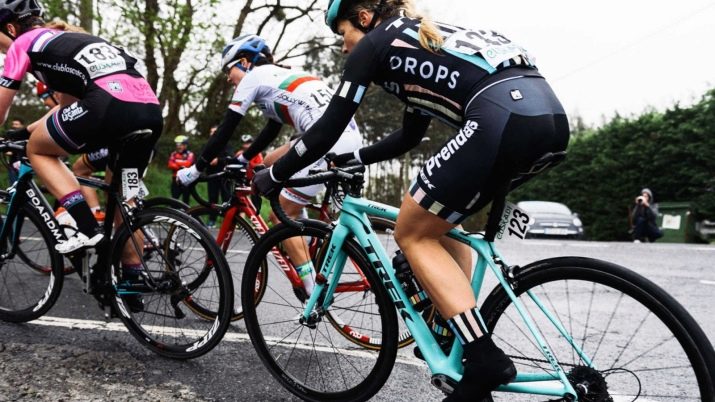
Oncoming air resistance
When driving at a speed of 25 km / h, the resistance of air masses begins to slow down the ride. In headwinds, difficulty arises already at a speed of 10 km / h. If you use a mountain bike equipped with a wide wheel with a high setting, along with a low-saddle, pedaling will become difficult at a speed of 30 km / h. On the highway, this process will be easier, because it has a narrow steering wheel and has a low grip.
With a noticeable oncoming air flow, the cyclist on the road can bend to the handlebar, which will reduce the load.
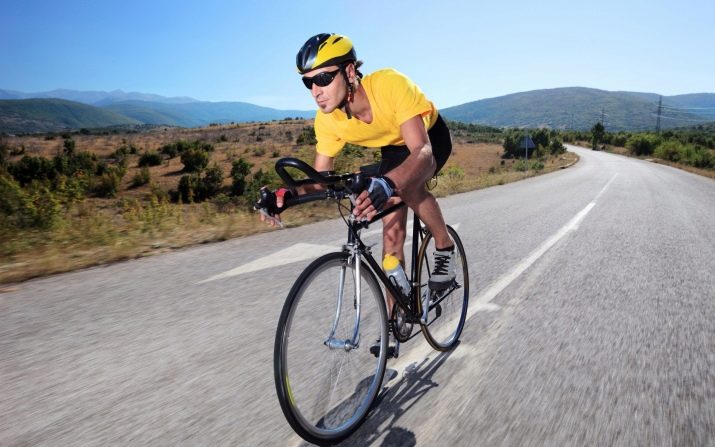
Rolling resistance
This resistance will be well felt at the very beginning of the movement. A cyclist spends a lot more energy on separation from a standstill when compared with normal movement. After the bike has already started, the anti-roll effect does not affect the energy costs that are required during acceleration. This indicator decreases as speed picks up.
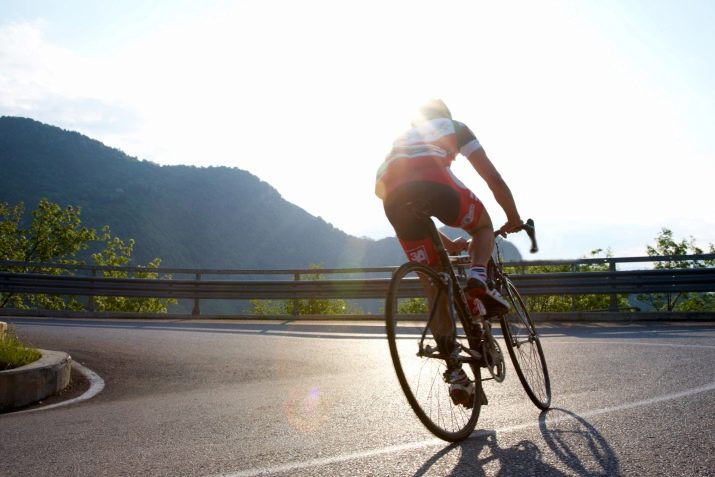
Friction
The increase in friction that occurs between the tires and the roadway begins to increase the degree of rolling resistance. Narrow tires that push through soft ground are quite difficult to tear off from the surface. And wheels with a wide tread, on the contrary, are too much rubbed to the asphalt and quickly erased.
For this reason, it is recommended to select wheels according to indicators such as width, area and tread depth. The indicators should correspond to the roadbed on which trips are planned.
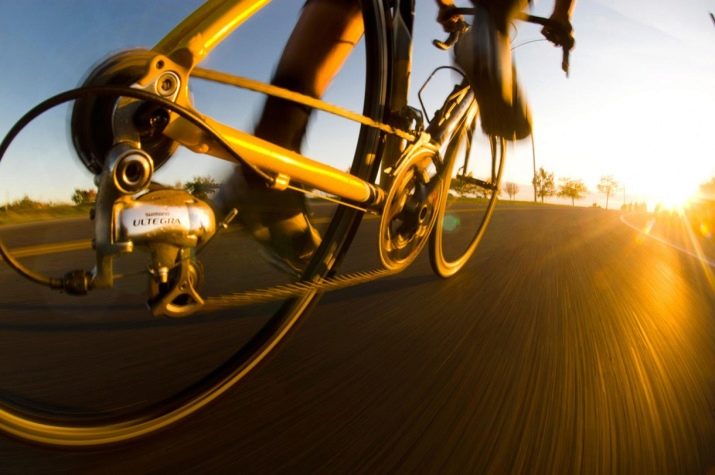
Chamber pressure
This indicator also affects the speed, because it affects the friction that occurs between the tires and the roadway. The more atmospheres in the wheel, the easier it is to roll on a hard surface. In order to ride off-road more conveniently, it is best to lower the pressure in the chambers.
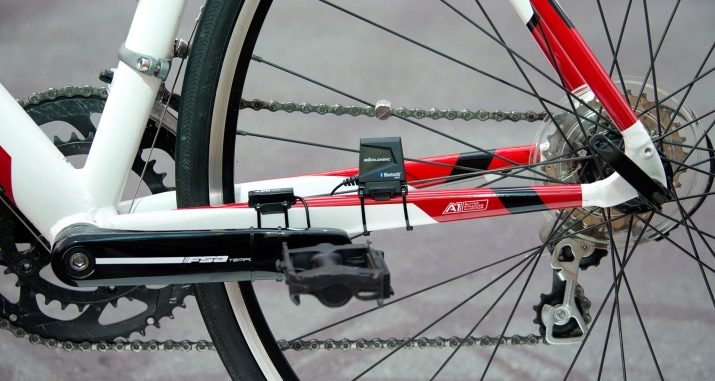
Weight
The weight parameters of a 2-wheeled vehicle also affect speed, since a large mass will increase rolling resistance. It’s much easier to go uphill on the highway than to push up a heavy mountain bike.
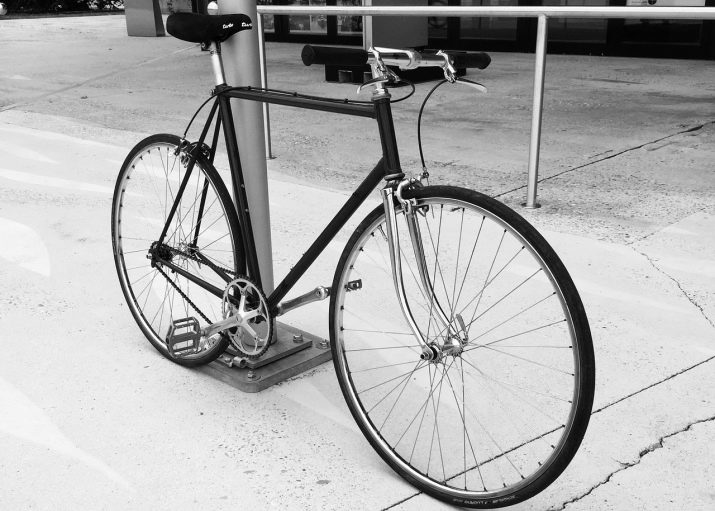
Bike condition
The speed will decrease, even if the control is done thanks to the efforts of the athlete, an unlubricated chain in the bicycle. Worn gum will also lower speed.
If you plan a quick and safe ride, it is recommended to replace the worn bushings and carriage, regularly check the condition of the chain.
Soft shock absorbers help reduce speed on even asphalt surfaces. However, soft shock absorbers are suitable for uneven areas.
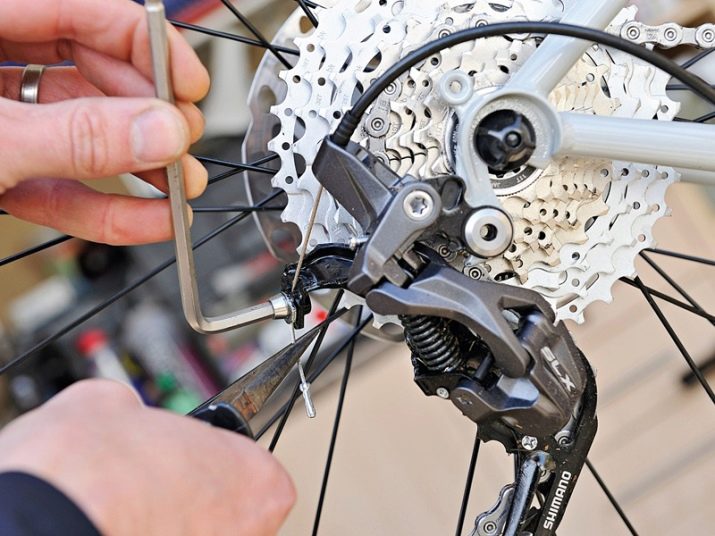
Average bike speeds
Previously, rather large speedometers of a mechanical type were put on bicycles, which could not boast of reliability in measuring the speed limit. At the moment, they were replaced compact electronic devices that accurately measure speed. With their help, you can not only find out how fast the bicycle is currently moving, but also record the average speed per hour, the duration of the site, calorie costs and even the rider's pulse.
Beginners, seeing a speed of 25-30 km / h on the speedometer, may decide that this is the average speed with which their bike rides throughout the entire time.
This opinion is erroneous, since only an experienced person is able to move at such a pace, and a simple rider in most cases moves at an average speed of 15-20 km / h.

And also the model of the used two-wheeled transport will influence speed indicators. For example, in a direct distance with an asphalt surface, the average speed of a road bike will be 20-25 km / h. A 10 km section will be covered in 25 minutes. The pace of the mountain will be about 18-20 km / h. You can put an electric motor to increase this indicator. In an urban environment, cycling will require stopping at intersections, maneuvering between cars and giving way to pedestrians. therefore the average speed of even a sports bike will be 5-10 km lower when compared with the rate with which the highway travels.
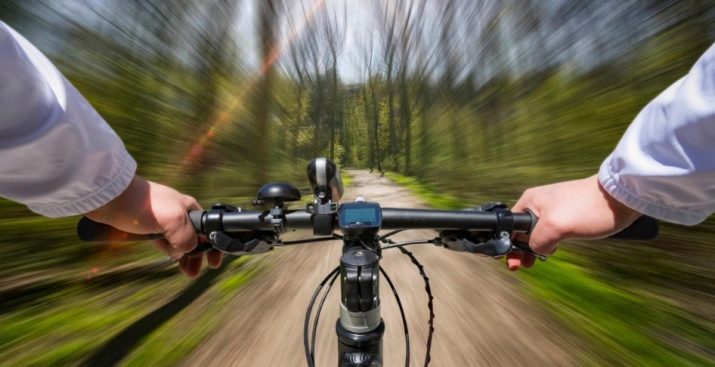
How to increase?
Every cyclist wonders how to increase the speed of cycling. There are several tricks with which you can increase your performance, become more resilient and experienced.
Proper fit
Since the wind most hinders to build up the pace, you should correctly sit on a bicycle. To take the right position, the cyclist should bend in the lower back and pull the body to the handlebars. Elbows are recommended to be pressed to the body. With this technique, you can immediately see how the average speed indicator becomes higher.
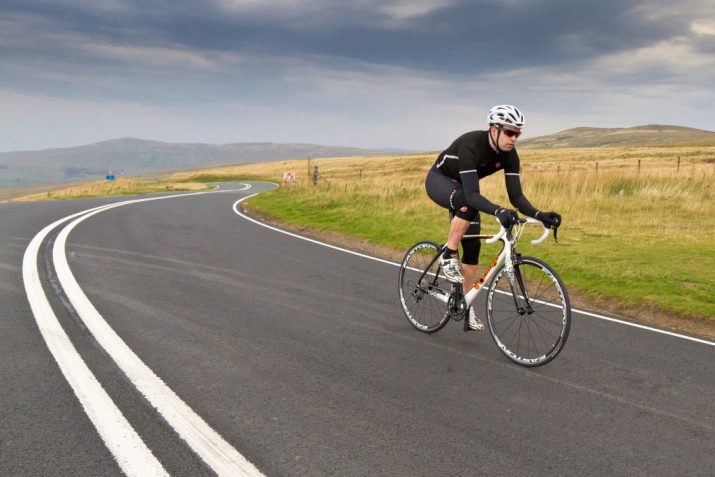
Riding in a group
Some believe that this method is not entirely honest, if we talk about increasing the average speed. However, during the ride in the group less resources will be spent on combating the resistance of the air masses.
The cyclist will be able to focus on a more experienced partner, try to match him, thereby increasing his riding skills.
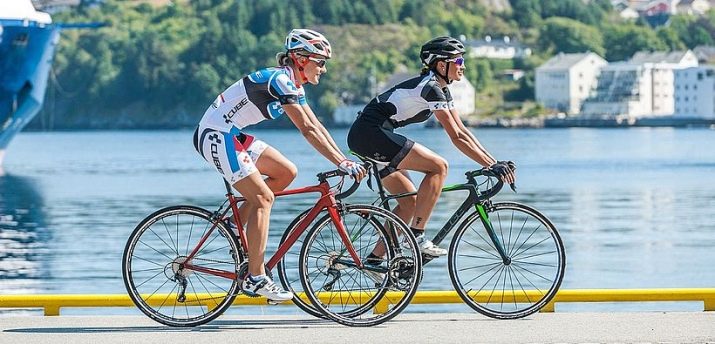
Inflating wheels
A well-inflated wheel will roll faster - this is a proven fact. Before each ride, we recommend that you check your tire pressure. You need to pump up to the value indicated on the sidewall of the tire. To make the pumping process more comfortable, it is best to purchase a high-quality floor type pump.
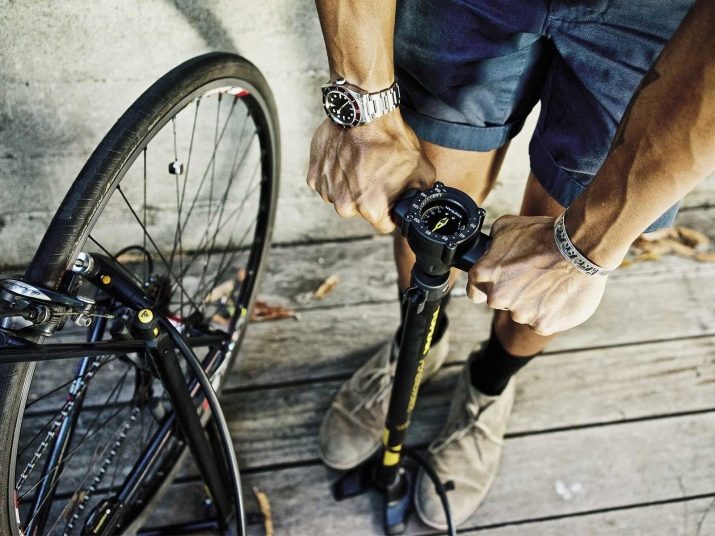
Minimum braking
This rule is the simplest. After braking, it will take a lot of effort to accelerate to the previous pace. therefore You should get rid of unnecessary pressing the brake. Primarily need to stop braking when the bike rolls downhill. If the road surface is flat and there are no cars nearby, this action is not required. In the future, you can learn to take turns at speed.
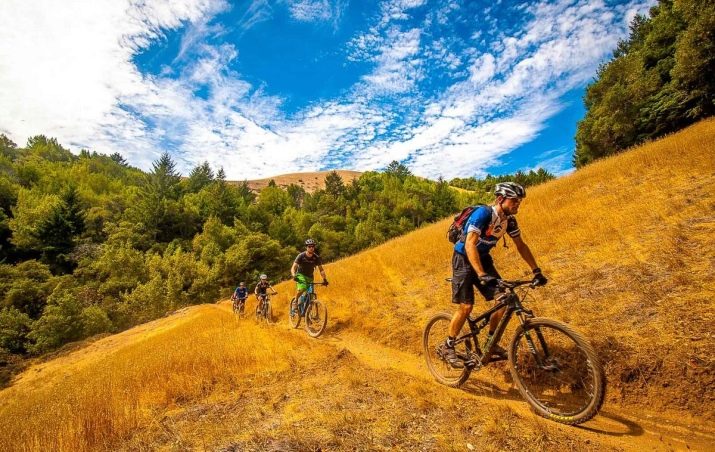
Track stand
On roads, cyclists always attract attention, who, when stopping at a traffic light, do not get off their two-wheeled friend, but balance on it. Such a trick serves not only to attract views, but also has a practical function: if you stop the pedals, then for 3 turns you can get a decent speed.

Direction of the wind
When planning a route taking into account the direction of the wind, you can maintain good speed and not get tired very much when fighting the headwind.
It is recommended to go against the wind at the beginning of the training, as the power reserve will allow you to fight with the air masses, and it is best to return home with a fair wind.
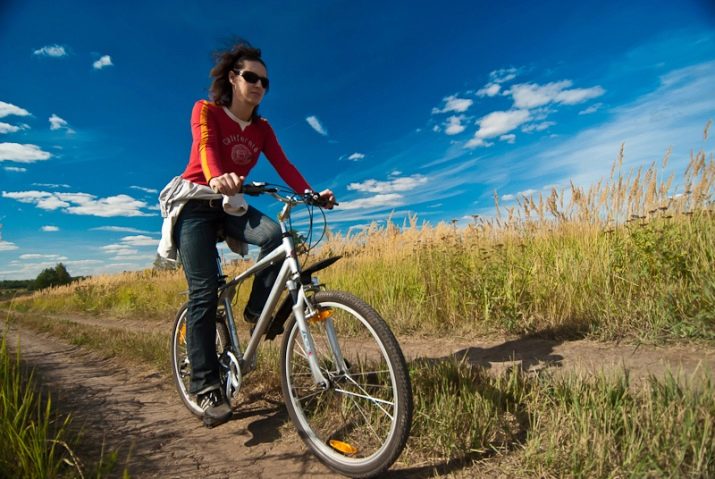
Weight loss
To accelerate, you will need to work on yourself, getting rid of a few extra pounds. The effect will be noticeable immediately on the hills, as well as the frontal silhouette will become smaller, which indicates a decrease in air resistance.

Interval
To achieve an increase in average speed, interval training helps. For this, two minutes of intensive driving in several passes are enough. You can practice during trips to work 3-4 times in one trip.
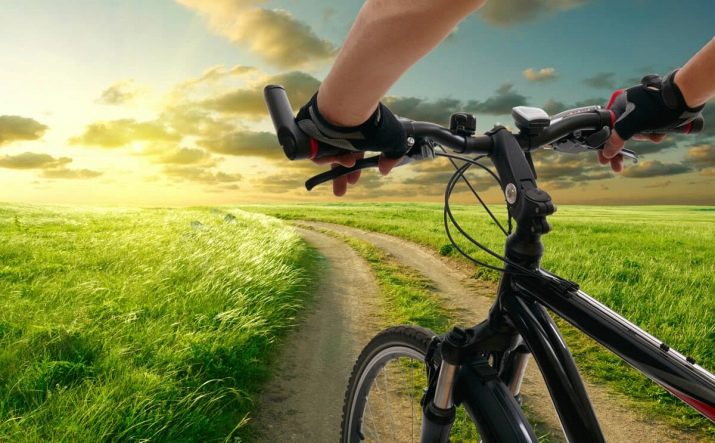
Muscular work
Exercise with weights allows you to build muscle, which will also affect the pace of cycling. It is recommended not to throw your body in the offseason and visit the gym during the winter period.

Bike improvement
The acquisition of a lightweight frame and high-profile wheels will help increase speed performance. Such a purchase will help to reduce air resistance and increase the pace of the ride.
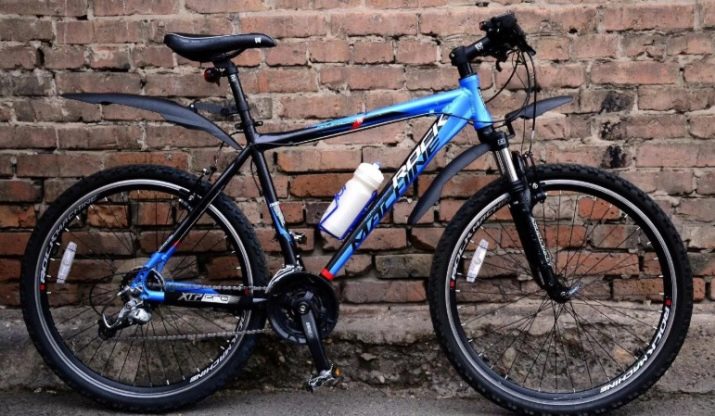
Proper clothes
Tight cycling is the best option for trips. It is not only able to remove heat and sweat from the body, but also reduces resistance to air masses in contrast to loose clothing.
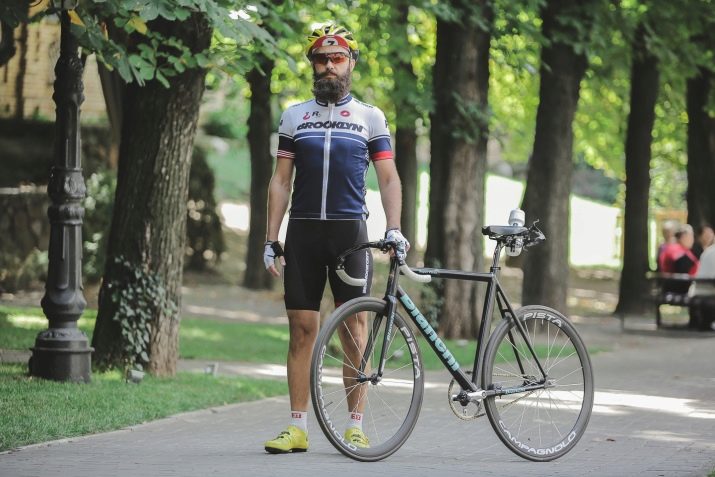
Highscores
Every cyclist who is interested in increasing speed should know what maximum indicators were set in this sport. The absolute record for speed performance in races was recorded in 1995. The indicator is 268.8 km / h. The achievement belongs to the Dutch cyclist Fred Rompelberg. It is important to know that that year the athlete turned 50 years old. The ride itself was carried out in the United States, in Utah. The race took place on a very smooth surface next to the salt lake, on the Bonneville plain.
Fred’s bike was prepared for the race and modified: they installed a special transmission system on the rear sprocket and greatly increased the gear ratio.
In front of the bike was a car that contributed to the formation of a reduced pressure section. The record of descent from the mountain was recorded on the ice cover and dirt.
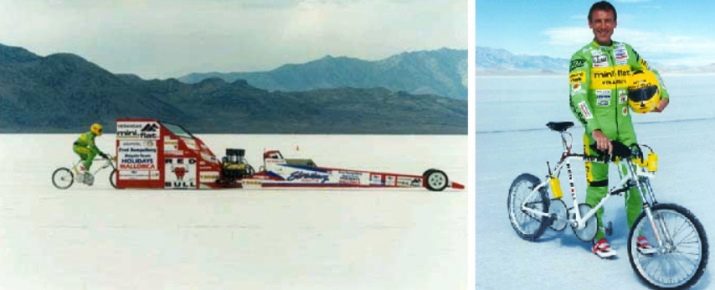
In the winter season, took a leading position Eric Baron.
In the Alps, he managed to accelerate his bike to a speed of 222 km / h.
The record was registered on April 12, 2000. In 2002, this athlete took third place on Mount Sierro Negro, going down gravel. The ride for the cyclist was terrible: at the finish line he accelerated to 210.4 km / h, but his two-wheeled transport literally tore to pieces. It was possible to avoid the tragedy only thanks to the good protective ammunition and preparedness of the athlete.
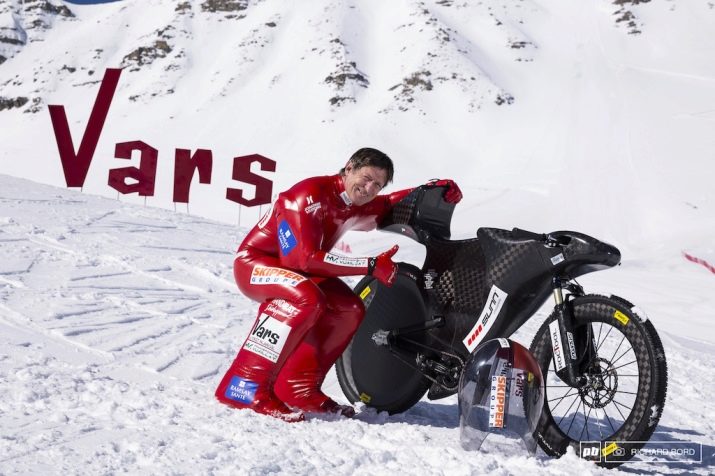
In the next video, you can observe the movement of a cyclist at a speed of 150 km / h.
